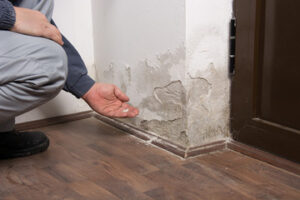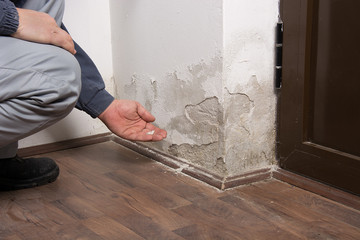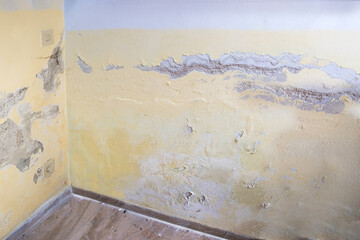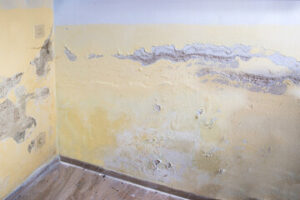Whether you have a home or a business, water damage is a serious issue that requires immediate attention. However, the damage can be mitigated and repaired with some basic precautions. 
Having a strong damage assessment program can drive the recovery process. It provides essential information for customers to determine the extent of damage and to identify mitigation opportunities for the future. It can also set the tone for the response to an incident.
Water damage is one of the most costly types of damage. The cost of repairs depends on the severity of the damage. A thorough report will include details on the extent of the damage, including the cause and specific repairs needed. It will also identify appropriate methods for disposal.
Water damage can originate from natural disasters, excessive rain, or leaky pipes. It can cause health concerns as well. It may also damage building materials and appliances. The extent of the damage depends on the type of water and the location of the leak. It may cause bacteria, viruses, and mold to grow.
Damage assessment involves several departments. The Department of Public Works coordinates damage assessments on public infrastructure. It maintains an inventory of equipment and supplies and monitors early re-entry programs. It also coordinates with support agencies to ensure that maps are current.
Public Works also prioritizes assessments based on the impact of the incident. The damage assessment program provides information on emergency proclamations and determines immediate needs and priorities for response. It will also contribute to the cost recovery process.
The Planning, Building, and Code Enforcement Department is the lead department for damage assessment. It assigns staff and schedules assessments. It also activates the Damage Inspection Branch.
The Damage Inspection Branch focuses on safety assessments. It coordinates safety assessment activities with other City departments and support agencies. The branch also evaluates the need for additional resources.
The Damage Inspection Branch develops an overall plan for large-scale building inspection efforts. It works with the Planning Section’s Branches to develop a plan that will address the City’s needs for damage assessments. It will also provide staff to the Damage Data Collection Branch.
The Damage Assessment Support Annex is an advisory document that provides a framework for damage assessments. It augments the City’s Emergency Operations Plan and existing department plans. It identifies the roles and responsibilities of City departments, external entities, and other organizations. It provides foundational strategic details and an all-hazards strategic framework for damage assessment.
Getting rid of the water in your home is the first step to recovery. While you are at it, you should also devise a plan to avoid future water damage. A little bit of planning goes a long way in reducing future costs.
The best way to do this is to devise a plan that outlines the best ways to mitigate the damage, such as turning off all heat and air conditioning in the affected area. This should also include an emergency evacuation plan to make sure everyone gets out safely. If you are dealing with water damage from a major storm, you should also be prepared for the worst. The best way to deal with a flood is to get rid of the water as quickly as possible. This includes removing any items from the affected walls, as well as any standing water on floors or carpets.
A well-executed disaster plan can save you from the hazards of a disaster and can also reduce future repair costs. Having a thorough plan in place is the best way to ensure a safe and timely recovery. The most important part of the plan is to get all the right people involved in the process. The best way to do this is to ensure each team member is well briefed on the plan’s details. A few team members may need to be trained, but this should be handled as a top-down process. A team leader is the best person to assign this role to. This person should be tasked with briefing the rest of the team on the most pertinent information. Keeping the team informed is a surefire way to ensure a successful water damage recovery.


 Getting your licks back from a flood may be no fun, but there is no denying that it is worthwhile. With the help of a trusted water damage restoration company, you can rest easy knowing that you and your property will be in good hands. Moreover, the best of the best will handle your water damage woes. Whether you need a water damage restoration company to get the job done or you are just looking to hire a company to get the job done, Cleaners can help.
Getting your licks back from a flood may be no fun, but there is no denying that it is worthwhile. With the help of a trusted water damage restoration company, you can rest easy knowing that you and your property will be in good hands. Moreover, the best of the best will handle your water damage woes. Whether you need a water damage restoration company to get the job done or you are just looking to hire a company to get the job done, Cleaners can help.